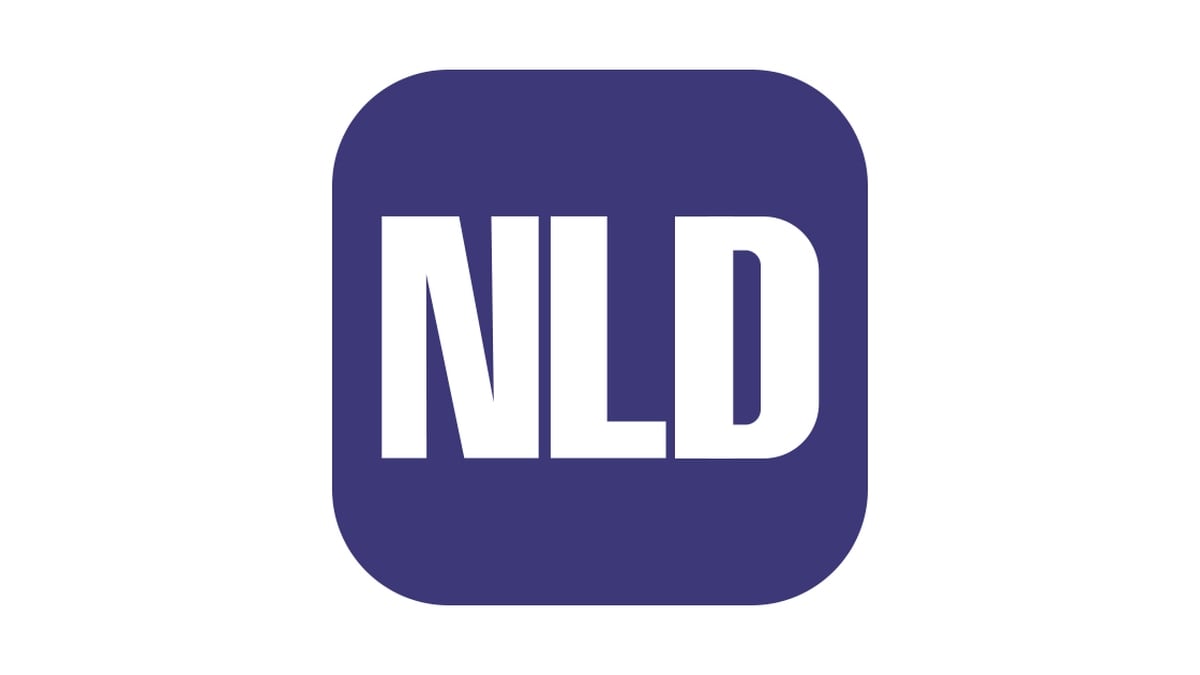If the “credit room” is removed, banks will have to face a strict set of risk management standards from the State Bank. The implementation roadmap will depend on the capacity of each bank, which means that the credit market share situation will certainly have many disturbances.
Which banks benefit when the "credit room" is removed?
The Prime Minister's direction to consider removing the administrative tool "credit room" is raising expectations of a major turning point in credit management, approaching international practices and serving the goal of upgrading the financial market.
According to Mr. Do Bao Ngoc, Deputy General Director of Kien Thiet Securities, if there is no more "asking - giving" of credit limits, commercial banks will have to take responsibility for their decisions to expand lending, based on their own financial health and risk management capacity.
For banks, removing credit room means being more proactive in business planning, optimizing capital flows, especially during the peak credit seasons at the end of the year. For the stock market, this is a positive signal, because flexible capital flows will help businesses expand investment and promote growth.
However, the new mechanism also poses great challenges. Without a strong enough “brake”, the consequences could repeat themselves: massive credit flows into real estate, the hot interest rate race returns, bad debt swells and the result is macroeconomic instability. That is why experts emphasize that removing the room must go hand in hand with a set of strict risk control standards, such as Basel III.
Dr. Pham The Anh (National Economics University) said: The State Bank should only remove the room when it has completed the set of criteria for monitoring system safety. Accordingly, only banks that meet the requirements on capital, risk management, and information transparency will be allowed to "freely lend". On the contrary, banks that do not meet the requirements will continue to have credit limits depending on the level of risk.
In fact, the State Bank of Vietnam has been experimenting since the beginning of the year by loosening the room for foreign banks, joint ventures, cooperatives and non-bank credit institutions. Currently, only domestic commercial banks are still under control.
Mr. Le Thanh Tung, member of the Board of Directors of VietinBank, commented that this is an irreversible trend. The State Bank of Vietnam has also prepared legally and amended regulations to bring banks closer to international standards such as Basel III. At that time, if banks want to increase capital supply, they will have to increase their equity capital accordingly.
Although the possibility of removing the credit room this year is not high, once this mechanism is lifted, the credit market will witness a clear differentiation. According to SSI Research, banks with strong financial capacity, systematic risk management and a large capital buffer will be the first winners in the credit game in the "post-room" era.

Keep the “brakes” tight when removing the credit “barrier”
For more than a decade, the credit room has been an effective management tool, helping the State Bank of Vietnam (SBV) control money supply and maintain macroeconomic stability. However, the "request-grant" mechanism arising from this administrative tool is distorting the market, limiting the autonomy of banks and hindering businesses' access to capital.
Therefore, removing the credit room is supported by many experts as a necessary step to bring Vietnam closer to international standards. But along with that, there is a warning about potential risks if the market no longer has a safe “barrier”. When the control valve is removed, the “brake” of supervision needs to be tightened more than ever.
Mr. Phan Linh, CEO of TechProfit, warned that if the room is removed without an alternative control tool, banks will compete to inject capital to maximize profits. At that time, the cash flow is at risk of rushing into high-risk areas such as real estate and securities.
“If we loosen supervision, asset bubbles can form, inflationary pressure and exchange rates will return. Removing the credit room is in line with the trend, but it must be accompanied by market discipline and a strong enough supervision system. Otherwise, the risk of a repeat of the hot credit period is very clear,” said Mr. Linh.
According to SSI Research, the State Bank of Vietnam is seeking comments on a draft Circular on capital adequacy ratio (CAR), updating the regulations of Basel III standards. This is considered an important premise for shifting from an administrative mechanism to a market mechanism in credit regulation.
However, it is undeniable that there is a deep differentiation in the current banking system: some banks have strong financial capacity and good management, but many other credit institutions are still weak and do not meet Basel II standards, let alone Basel III.
If the credit room is removed in this context without a flexible enough "brake", the market can easily fall into a state of imbalance: weak banks are tightened, while strong banks expand credit uncontrollably.
In fact, the credit room was applied in 2012, when the whole system's credit increased by 54%, interest rates were sky-high, and some credit institutions were on the brink of bankruptcy. According to Mr. Pham Chi Quang, Director of the Monetary Policy Department of the State Bank of Vietnam, although more than 10 years have passed, the "sequelae" of the period of hot growth are still there. Therefore, removing the room must be calculated carefully, in accordance with the specific conditions of Vietnam.
International experts also share the same view: in the context of Vietnam pursuing a multi-target monetary policy (macroeconomic stability, inflation control, growth support), the State Bank should only remove the credit room when it has the capacity to control the system with more modern tools, especially the tool of actively and flexibly managing interest rates.
Source: https://baolamdong.vn/bo-room-tin-dung-cuoc-chien-gianh-khach-hang-chuyen-sang-cao-trao-382098.html


![[Photo] International community congratulates Vietnam on having more landscapes recognized as World Cultural Heritage](https://vphoto.vietnam.vn/thumb/1200x675/vietnam/resource/IMAGE/2025/7/13/58ec71f73ae644bfb5bab9c99043bb7d)


























































![[Photo] International community congratulates Vietnam on having more landscapes recognized as World Cultural Heritage](https://vphoto.vietnam.vn/thumb/402x226/vietnam/resource/IMAGE/2025/7/13/58ec71f73ae644bfb5bab9c99043bb7d)






































Comment (0)